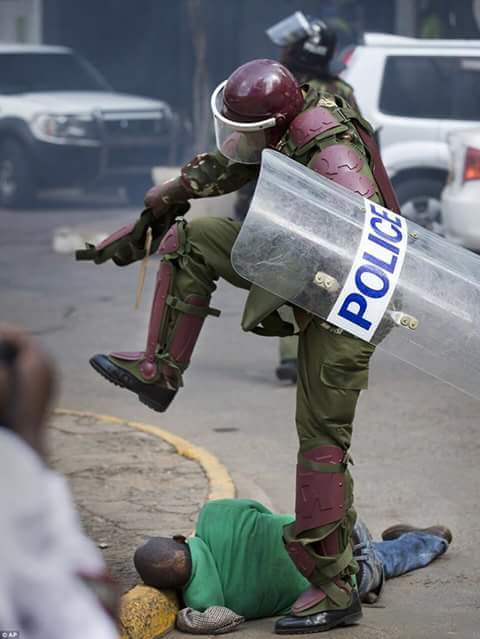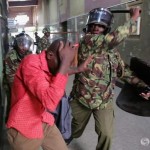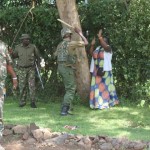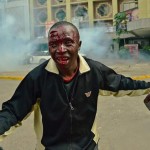Share this
President Uhuru Kenyatta’s administration has since inception tried to limit the freedoms Kenyans fought for, died for and eventually enshrined on their supreme law which is the Kenyan Constitution.
These attempts were first legal in nature but are of late taking a very dangerous turn. It started with an attempt to curtail media freedoms enshrined in Article 33 and 34 of the Kenyan Constitution. This was in the form of Security Amendment Bill that was passed by parliament in December 2015 and signed into law by Kenyatta. It took the courts to restore these fundamental freedoms to the Kenyan public who are either journalists or media consumers.
Then bloggers and social media commentators were frequent guests of the state charged under section 28 of the Kenya Information and Communications Act 2013 with the offense of “misuse of a licensed telecommunication equipment.” 2015 saw seven people charged under this law. In January 2016 alone, 17 people were arrested charged with this offense before the courts declared this law inconsistent with provisions of the bill of rights in the Kenyan constitution.
(My colleagues and I from the Africa Blogging network had a lengthy discussion about social media freedoms in Africa during the Republica 2016 conference in Berlin two weeks ago, watch the video bellow.)
[youtube https://www.youtube.com/watch?v=YD5HRCYiePs]
Two weeks ago, businessman Jacob Juma was shot dead in what looked like a well planned attack on one of the ruling government’s harshest critic. Juma openly spoke about corruption in Uhuru’s government and had on several occasions called out key government officials including the Deputy President for allegedly involving himself in corrupt practices.
Juma’s death still remains unresolved even as evidence disputes the theories propelled by police about the events leading up to and after his death.
Yesterday though was the saddest day in Kenya’s recent history as police resorted to the use of excessive force to disperse peaceful protesters as shown in the photos bellow.
In the above photos, you can actually see that all the victims had severe head injuries with some of the photos capturing police aiming at the heads of the protesters. Is this how police are supposed to disperse demonstrators? Was it necessary to hit the victims in the head? What were the orders?
These images are a stark reminder of the Moi era when freedom of expression was not guaranteed. It’s the excesses of that administration that led to Kenyans enshrining these fundamental freedoms in their constitution.
Article 37 of that constitution states: ” Every person has the right, peaceably and unarmed, to assemble, to demonstrate, to picket, and to present petitions to public authorities.”
These and many other demonstrators who were viciously attacked were demonstrating seeking an overhaul of the electoral commission ahead of the 2017 general elections. They were within their civil rights which were then violated by police officers across the country.
The listed events points to a pattern of an administration that is keen on curtailing basic freedoms. Freedoms that those currently in power did not fight for. Neither Uhuru Kenyatta nor his deputy William Ruto ever spent a night in police custody as a result of fighting for these rights; they do not understand what it cost Kenyans to achieve them.
Under their administration they have supervised the subversion of these fundamental rights that the Kenyan public gave themselves. These rights must be guarded jealously because our lives literally depends on it. It’s either that or a trip back to Moi’s dark days.
Follow me on Twitter @IamOminde









